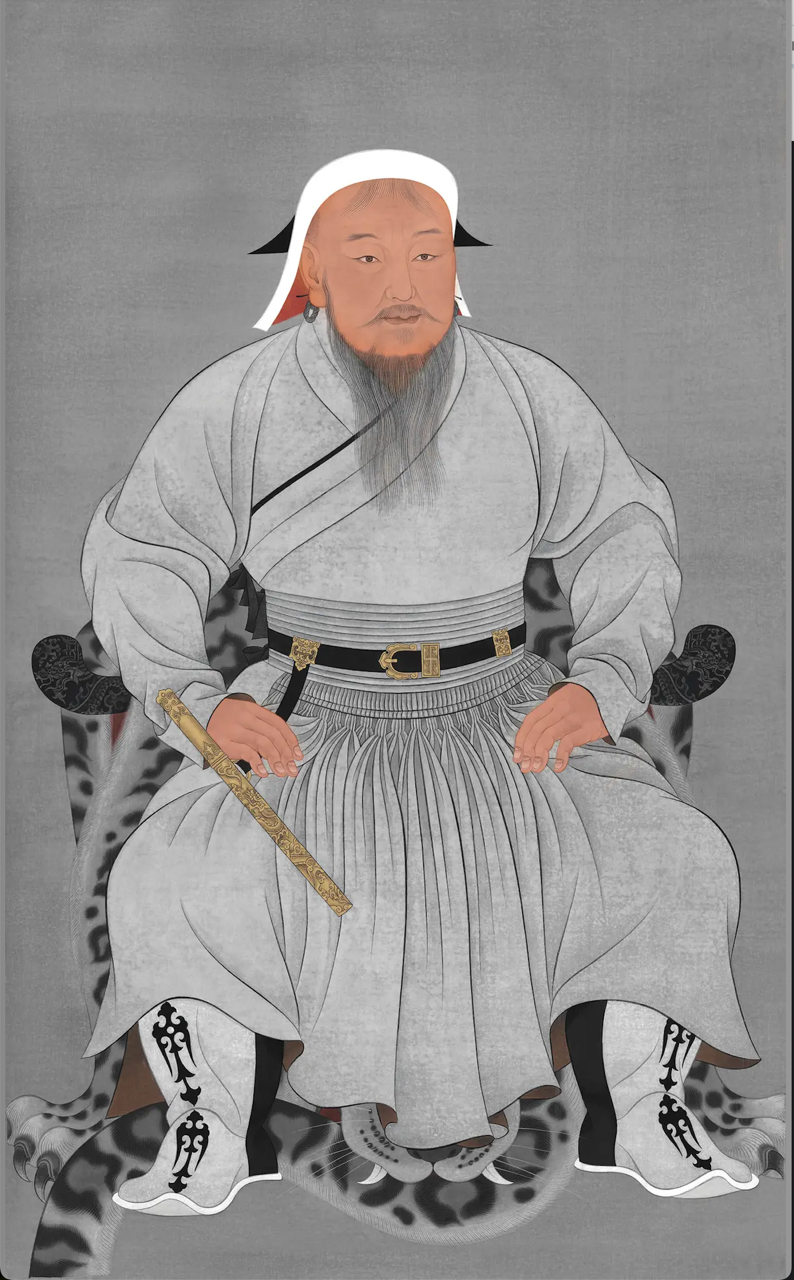Genghis Khan, originally named Temüjin, died in Xingping, Western Xia, in present-day Ningxia, an autonomous region of China. Rising from humble beginnings, he established the largest contiguous empire in history, the Mongol Empire. Known for his innovative military tactics and psychological warfare, he conquered much of Asia and extended his domains into Europe. The name Genghis (or Chinggis) Khan means ‘Universal Ruler’.
The exact cause of Genghis Khan’s death remains undetermined, but many legends surround his demise. It has been suggested that he died from injuries sustained after falling from his horse, from suffering malaria, typhus or bubonic plague, from being shot by an arrow during a siege, or from being struck by lightning. He was even rumoured to have died from genital injuries suffered while having sex with a princess named Gurbelchin.
Genghis Khan is believed to be buried in the sacred mountain of Burkhan Khaldun in the Khentii Province of northeastern Mongolia. Interestingly, many people across the world today may have a genetic connection to Genghis Khan. A 2003 genetic study led by evolutionary geneticist Dr Chris Tyler-Smith revealed that approximately 16 million men, about 0.5% of the world’s male population at the time, carry a Y-chromosome lineage traceable to a common ancestor who lived 1,000 years ago in the region of Mongolia. This lineage is believed to be that of Genghis Khan and his direct male descendants — due to the Mongol emperor’s prolific fathering of children with his numerous wives and concubines.

